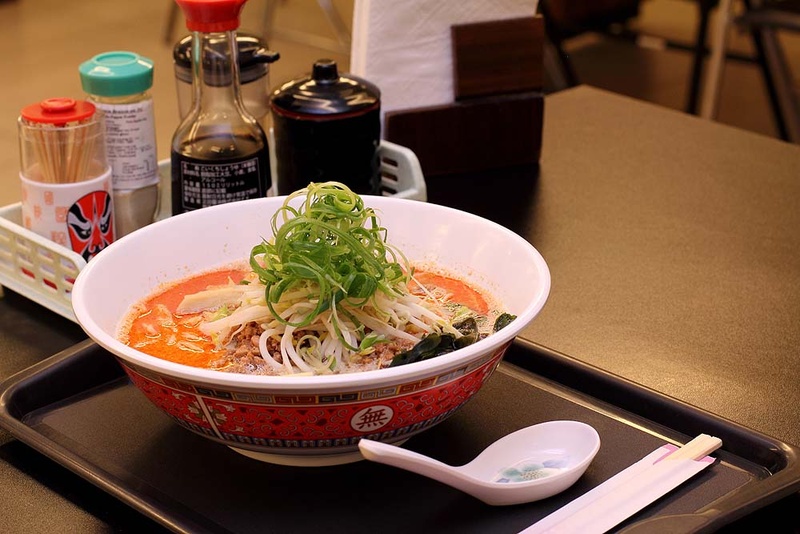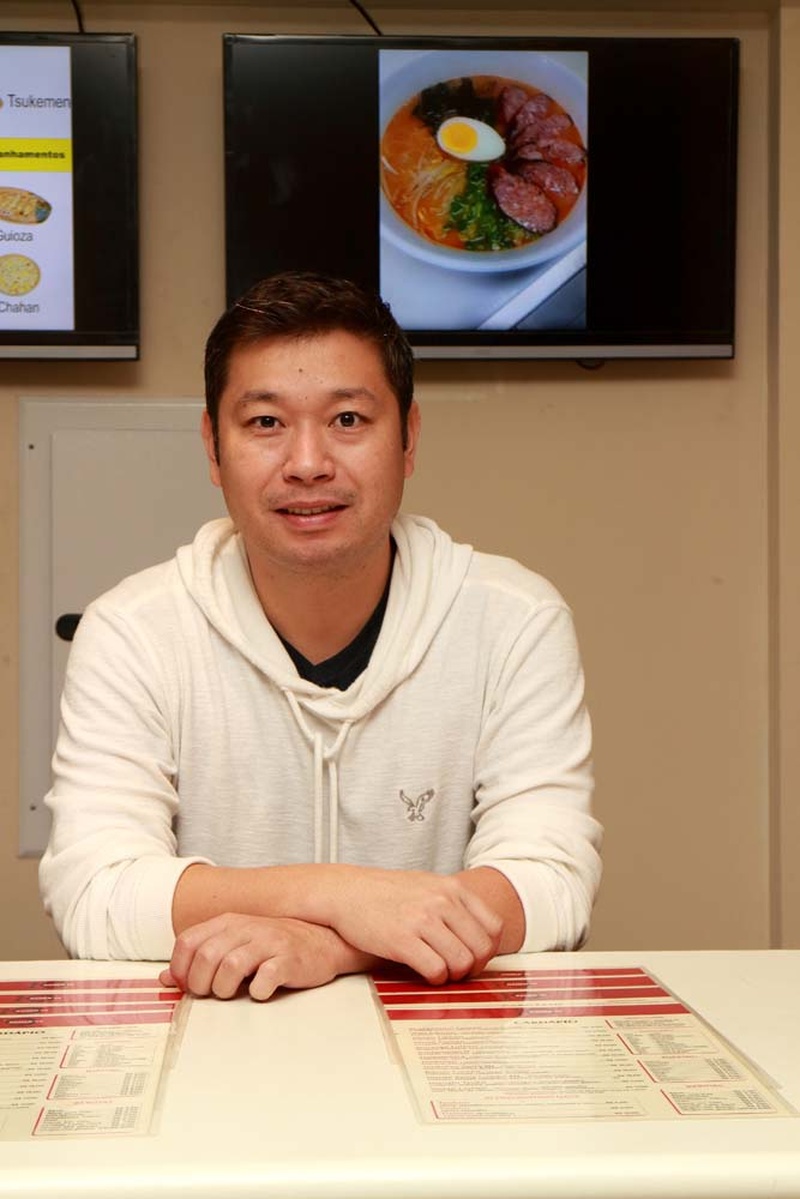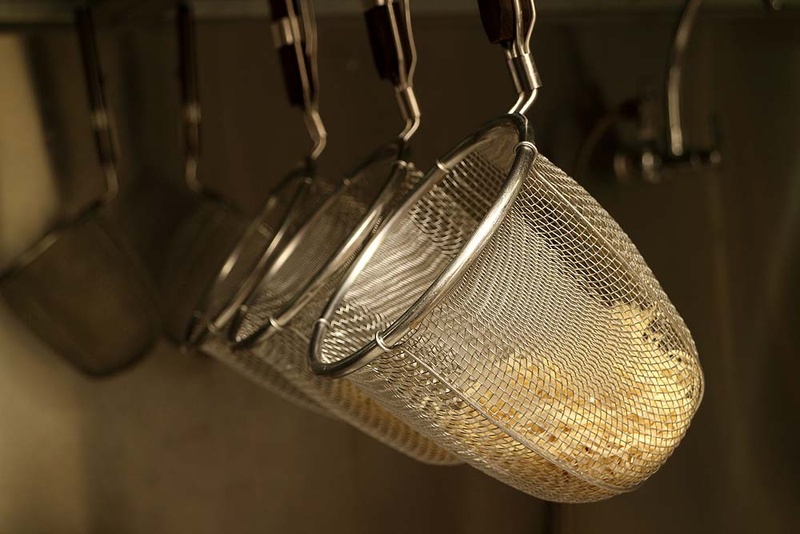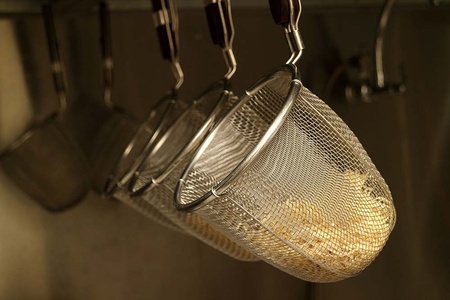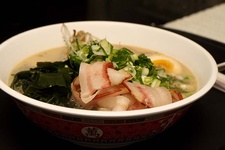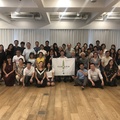Starting from the mid-2000s, with the increasing success of Japanese anime, manga, soap operas, and movies in Brazil, a certain food began to draw the audience’s attention.
It is a steamy broth involving noodles and some other ingredients: ramen.
The Liberdade district, in São Paulo, is a great concentration of Japanese restaurants. Currently, there are three shops whose specialty is ramen.
Strong seasoning
We visited the newest one, called Ramen Ya, which opened in February 2014, to know a little about what it is like eating ramen in São Paulo.
“The non-Nikkei Brazilians prefer the stronger seasoning ones, like tantanmen and tonkotsu spicy, since Brazilian food itself is saltier and spicier. On the other hand, the Nipo-descendants still are more traditional and prefer milder seasoning, such as miso and shoyu ramen,” says Jun Takaki, one of the partners of the restaurant.
In Brazil, people tend to relate hot dishes to cold weather, which therefore includes ramen.
Takaki contests this idea. “According to my experience in other countries, apart from the weather, many people have the habit of eating soup during meals, even in summer. Japanese themselves enjoy misoshiru in almost every meal. Ramen is an everyday food, not only for cold days,” he explains.
No noise
There are some differences in the way ramen is eaten in Brazil compared to Japanese customs.
In Brazil, making noise while eating is considered bad manners. Regarding ramen, people (even Nipo-descendants) usually blow to cool it down before eating. It is possible to say that only Japanese and a few descendants make that typical noise.
In Japan, besides specialized restaurants, ramen is sold in street carts and in small shops inside train stations. In many of those, customers eat while standing. In Brazil, there is nothing in that format—at least, not until now.
Although increasingly rare, some people cannot pick up the noodles using hashi. So, restaurants usually have forks available.
From Canada
We have met two Canadian tourists travelling through Brazil. Both tasted the miso ramen.
Matthew Chevalier, 24 years old from Calgary, said it was the first time he had ramen. “It was very good. I would like to try the different kinds and different varieties.”
“I am familiar with sushi. It is very popular in Canada. Other than sushi, though, I do not know much about Japanese traditional cuisine,” said Matthew.
Mitchell Scott, 25, from Victoria, lived for one year in Japan and is familiar with it. “[The ramen] It was good; not the best I have ever had, but it was very true, very authentic, similar to what is in Tokyo.
In his country, Mitchell said that sometimes he goes to Japanese restaurants. “In Canada, Japanese food is different. It is hard to find good ramen.”
He also said that he usually orders shoyu ramen, but since he had caught a cold that day, he chose miso ramen. “If you feel sick, it is good for that. So I chose miso today.”
* All photos are courtesy of Henrique Minatogawa.
© 2014 Henrique Minatogawa


